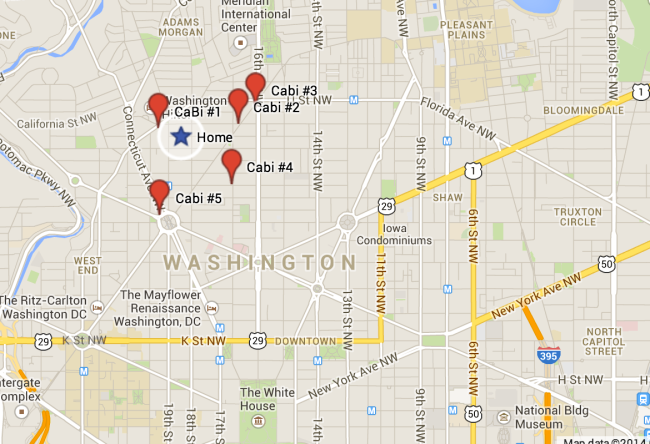In an article published yesterday on The Concourse, Will Gordon presents an impassioned, rational and well-argued discourse on the becoming-more-ridiculous-by-the-day world of crowd-based funding, and the potential impact on the beer industry. The foamy, hoppy tidal wave of delicious craft beer in the U.S. has been well documented, particularly with the U.S. hitting the 3,000 brewery mark earlier this month. Because starting a business is difficult, many breweries are turning to the public for funding support (a whole other post could be written about how many o these new breweries should be opening in the first place). Most of these are startup breweries, looking for enough funding to deliver beer to their local community. Others are massive operations looking to expand into new territories like…Europe.
Stone Brewing Company, one of the largest craft brewers in the United States, recently announced expansion plans to build a brewery in Berlin. Part of this project includes a crowd-sourced funding campaign asking for $1 million from the beer-drinking public to expedite construction. Construction that, as Mr. Gordon points out, is going to happen regardless.
And Mr. Gordon is absolutely correct in his point that “crowd-funding campaigns for established, mainstream commercial operations are bullshit”. Stone doesn’t NEED the $1 million from the public to push this project through. Similar expansions (albeit domestic) by Lagunitas, New Belgium, Sierra Nevada and Oskar Blues were all accomplished without crowd-funding, after all.
The article does a good job of explaining why you should spend your money elsewhere (and why this campaign is bound to succeed anyway). My response here is to suggest that despite the efforts of Stone, I believe that crowd-funding can be an important tool for the right brewery looking to get its start.
For every giant brewery expanding, there are probably 100 just starting, or in planning. And many of these upstarts are looking for support via crowd-funding sites like Kickstarter. At the time of writing this, I find at least 15 brewery projects on Kickstarter. These are projects I’m more likely to support, allowing crowd-funding to serve more of its true purpose as a community development tool.
For me, supporting a small brewery (or any other project) on Kickstarter is a chance to build community. You are saying, with your dollars, “I want this in my neighborhood”. Crowd-funding provides a platform for aspiring breweries to introduce themselves to a local community, and establish a meaningful connection with future consumers. It gives consumers a chance to evaluate – is this brewery here for the right reasons? Do they care about beer? Do they care about community? Or are they just capitalizing on a growing trend.
I’m not here to debate the merits of crowd-funding vs. more traditional capital sources (small business loans, etc). Odds are no brewery is fully funding itself with a $25,000 Kickstarter campaign. So, crowd-funding is simply one of a handful of tools a new brewery might use.
As an example, I recently funded Sketchbook Brewing, a new nanobrewery coming to Evanston, IL in early-fall 2014. I live about 5 miles away in Chicago’s Lincoln Square neighborhood. Their crowd-funding campaign on Kickstarter introduced me to the vision for the brewery, and the people involved. My $15 got me a sticker and a keychain – but also something to look forward to. Because I’m ‘invested’, I’m now following Sketchbook on social media, via their newsletter, etc, and patiently wait for the day I can bike up to Evanston and fill a growler.
Now, I’m not going to personally help fund every single business that wants to set up shop in my neighborhood. That would be silly, unsustainable, and as Mr. Gordon points out, bad for my liver. But, given the opportunity to fund the projects I’m excited about, and want to see in my city, I’m more than happy to be a part of that.

















